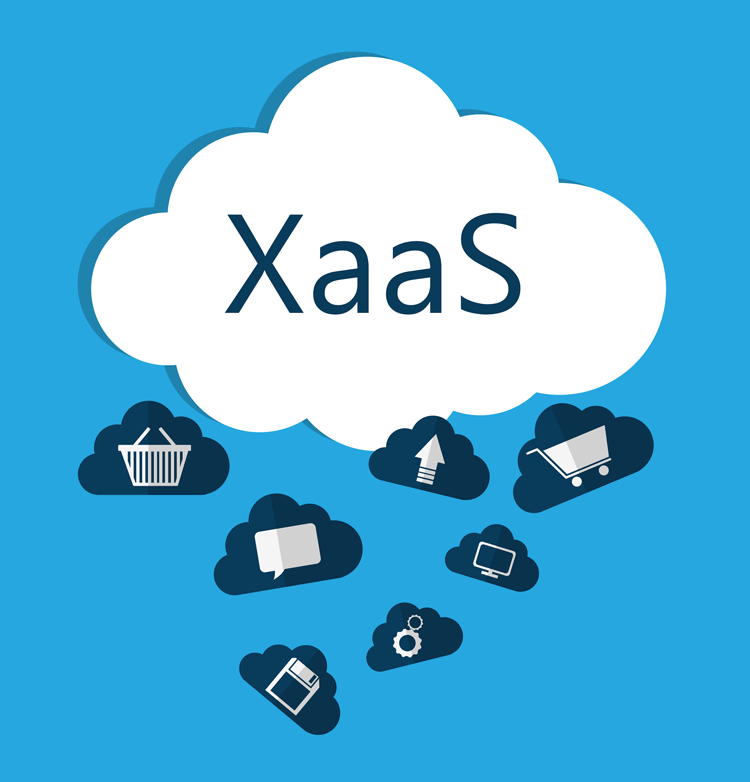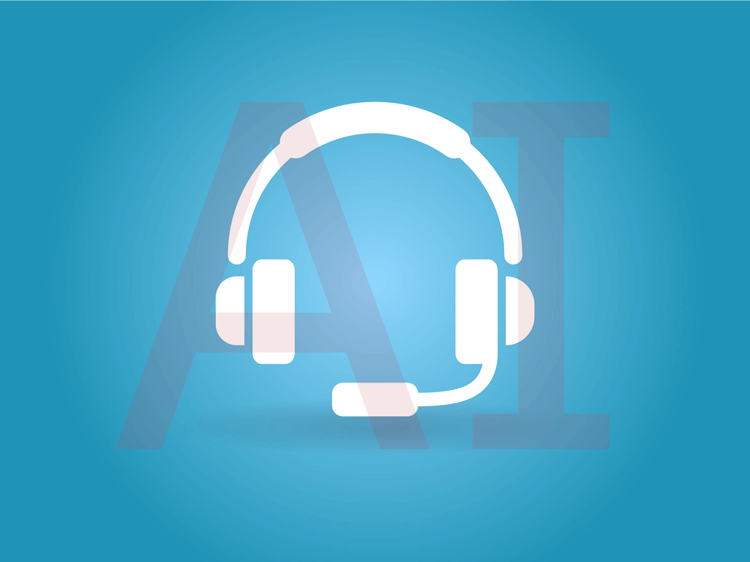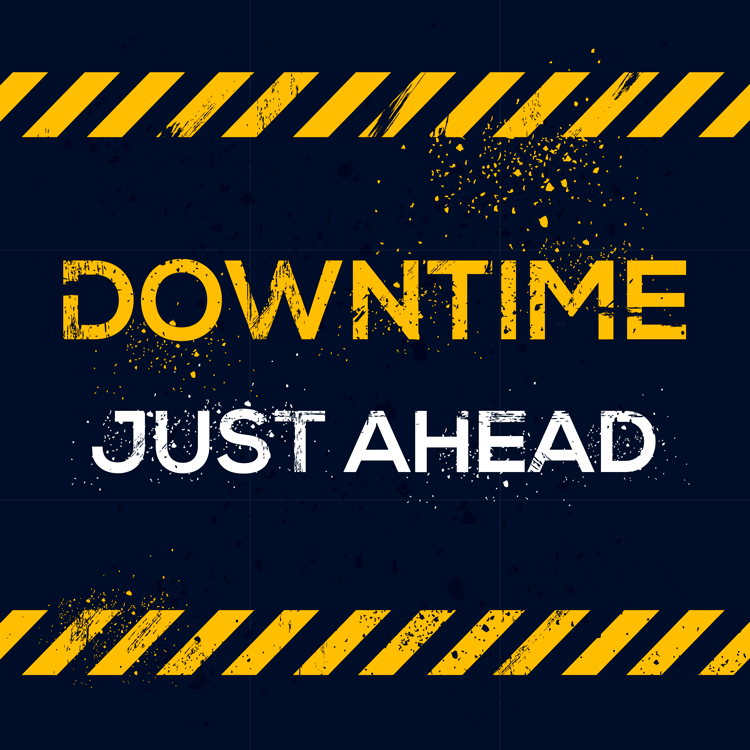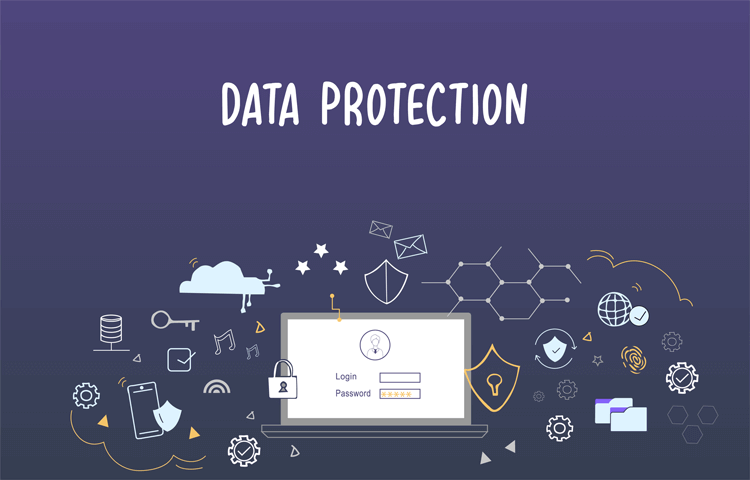What is XaaS and How It Can Benefit Your Business
XaaS stands for "Everything as a Service" or "Anything as a Service". It's an acronym for providing any products, tools and technologies that businesses may need as a service instead of on premise or with a physical product. The term has been popularized by cloud computing services, such as SaaS (Software as a service), IaaS (Infrastructure as a service) and PaaS (Platform as a service).

Examples of XaaS
Some examples of SaaS are:
- Giva
- Google Docs
- Dropbox
- Wave Financial
PaaS, on the other hand, includes services like:
- Windows Azure
- Amazon EC2
- Google App Engines
- Heroku
IaaS are data management centers such as:
- Microsoft Azure
- Google Compute Engine
- Amazon Web Services (AWS) Computer Cloud.
The difference between the three types of XaaS technology is that SaaS provide remote software for users to use on their own systems, PaaS offer assistance in managing those programs while IaaS provides infrastructure support by storing data or providing servers necessary to run them.
Many other technologies are now offered as services as well, such as:
- Monitoring as a Service (MaaS) - Monitors how well apps and systems are running
- Database as a Service (DBaaS) - Database software located in the cloud
- Disaster Recovery as a Service (DRaaS) - Provides cloud-based networks, apps, systems, etc. backups that can recover automatically should a catastrophe occur
Here's a very comprehensive list of "aaS" services: The Big -aaS List of As-a-Service Offerings
Further, XaaS is now being extended even beyond technology now into products as a service with servitization.
What is Servitization?
With growing demand for XaaS, third-party service providers use a servitization model to provide a better experience. Servitization refers to "servicing as a service," which means combining services with other services or actual products.
Servitization is also seen in the form of Software-as-a-Service (SaaS) and Platform-as-a Service (PaaS). These are two XaaS services that have gained popularity because they offer users an easy way of obtaining new software without having to install it themselves.
Servitization also allows businesses to purchase services and products in a bundle instead of having to worry about connecting tools from different service providers or maintaining a product once purchased. This concept is similar to leasing a product, when in the end, the purchaser might return the product after its end of life, but they also receive repairs and updates during the life of the product as part of the service. The seller benefits also by selling a service with the product and potentially obtaining the old product that can be used for parts, refurbishments, etc.
Benefits and Risks of XaaS
What benefits does XaaS offer?
- You can get everything you need from one provider. You do not have to go hunting around different providers when you want to update your accounting program or buy new servers - just talk with your XaaS provider about what they offer, and they will take care of it all.
- You can get most if not all of your technology needs provided in the cloud
- It removes any upfront or maintenance costs or commitments from companies who want to use these products. You can pay month-to-month without any need to sign a contract, which means you do not have to worry about cancelling if the tools do not meet your needs. In other words, XaaS is a subscription based business model that gives you more control.
The main risks of XaaS are:
- The providers might not always be reliable - they may be down or offline for days or weeks at a time. This can make them very inconvenient to use as an ongoing service provider.
- Providers may not have proper ransomware and malware security. This can put business data and sensitive information in jeopardy.
- A lot of XaaS also do not allow for extensive customization. There are usually standard services that businesses can explore and discover if those tools meet all the operational requirements.
Adopting XaaS
Many businesses may still be opposed to adopting the subscription model because of the ongoing fees. One way to offset this is by adopting a hybrid model where they subscribe for some services but buy others outright or on an as-needed basis. The business can purchase certain tools and products when needed, then return them if those requirements are no longer met - rather than paying monthly or annual subscriptions that may not always be needed.
The global XaaS market is on a trajectory to grow from 545.4 billion USD in 2022 to 2.4 trillion USD by 2029 (a CAGR of 23.4% during the forecast period).
Conclusion
The benefits of the XaaS business model are that it is more affordable than buying these products outright on your own and you get to try out new services before committing to a contract with one provider. The disadvantages are the lack of customization - if there is something specific you need but cannot find in the list, then we'll have to go back to hunting around ourselves for a product or service which might not be as cost-effective.
In today's work environment, we all need to be agile and flexible, which can make it difficult for many people to keep up with a fast-paced business world. If you're looking for a way to increase your organization's agility without adding more staff or spending hours trying to figure out how technology works on your own, then XaaS can be the next step. XaaS can provide this agility by giving your organization access to a prebuilt hardware or software stack that includes all of the components needed for running an application or service on cloud infrastructure and provides them at a much lower cost than building it internally.



